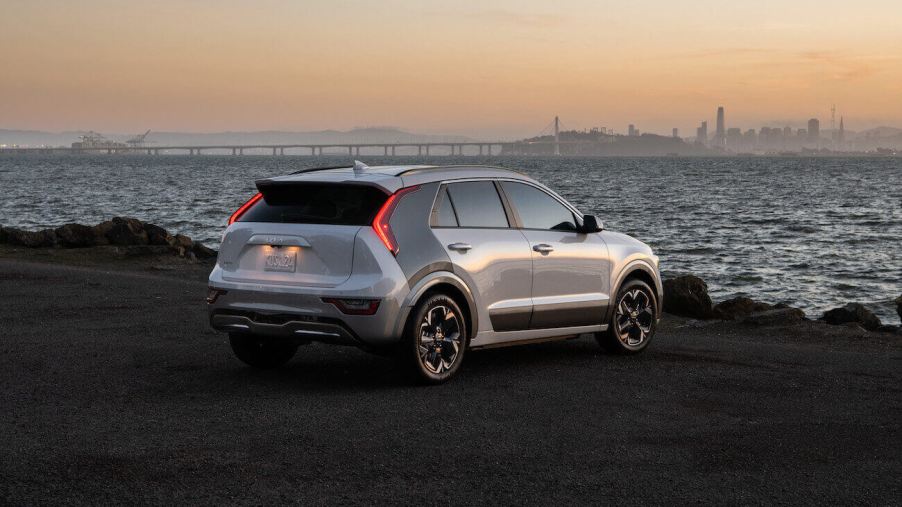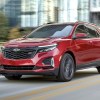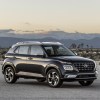
Hyundai and Kia Low-Key Dominate This SUV Segment
The subcompact crossover segment has witnessed a remarkable surge in popularity recently, with consumers gravitating toward smaller, more versatile SUV options. Concerns about the environmental damage that full-size SUVs can create coupled with rising gas prices have driven consumers to steer away from gas-guzzlers.
Among the many automakers competing in this rapidly growing market, Hyundai and Kia have emerged as formidable contenders, capturing a significant market share with their diverse range of subcompact SUVs. In this article, we will look at the strategies that Hyundai and Kia have employed to capture more than a 30% market share.
The rise of the subcompact crossover segment
Let’s briefly review the factors contributing to Hyundai and Kia’s market domination before getting into why this class of vehicles is so popular. This market caters to a wide spectrum of consumers who want a small, adaptable automobile with the agility of a small car and the advantages of an SUV.
Subcompact crossovers are an appealing option for both city residents and outdoor lovers because they strike the ideal mix between functionality, fuel economy, and contemporary amenities.
Hyundai and Kia’s combined market share
According to GM Authority, Hyundai and Kia’s subcompact crossovers collectively account for over 30% of the overall sales in this segment. Both famous South Korean manufacturers, Hyundai and Kia, have carefully increased their product lines inside the subcompact crossover niche after quickly recognizing its potential.
These sibling businesses have succeeded in gaining a sizeable piece of the market by combining its resources and making use of its common platform and technology.
Hyundai and Kia have the power of variety
Its wide range of models is a major factor in Hyundai and Kia’s success in the subcompact crossover market. Both provide customers with a wide variety of vehicles catered to different interests and needs rather than depending on a single dominating vehicle.
There are a total of five vehicles offered by the two companies: the Hyundai Kona and Venue, and the Kia Soul, Seltos, and Niro. Due to the large range of options available, Hyundai and Kia can serve various consumer groups, satisfying a variety of needs and preferences.
Spotlight on the Hyundai Kona
The Hyundai Kona has distinguished itself as a standout performer among the vehicles offered by Hyundai and Kia, with remarkable sales numbers. The Kona increased its appeal in the subcompact crossover market by selling nearly 20,000 units in the first quarter of 2023.
The Kona’s success may be credited to its eye-catching appearance, adaptable interior, and cutting-edge technical features, which have found favor with customers looking for usability and refined styling.
Competitive advantage and future outlook
Hyundai and Kia have been established as industry leaders by offering customers a selection of vehicles, each with unique characteristics and appeal. This strategy has enabled Kia and Hyundai to respond to shifting trends and tastes in addition to ensuring that they serve a large consumer base.
Looking forward, Hyundai and Kia are in a good position to expand its market share in the subcompact crossover market. Both are committed to listening to what their customers want and commited to innovation, quality, and customer satisfaction will probably be the driving forces behind its sustained success in gaining market share and satisfying changing consumer needs.
By providing a wide selection of models that are suited to different customer preferences, Hyundai and Kia have effectively carved out a sizeable piece of the subcompact crossover market. Its combined market share of almost 30% demonstrates the value of choice within a category as well as the power of diversity.
Hyundai and Kia’s strategy has positioned both companies for success in the competitive automotive market as the demand for subcompact crossovers keeps rising.


